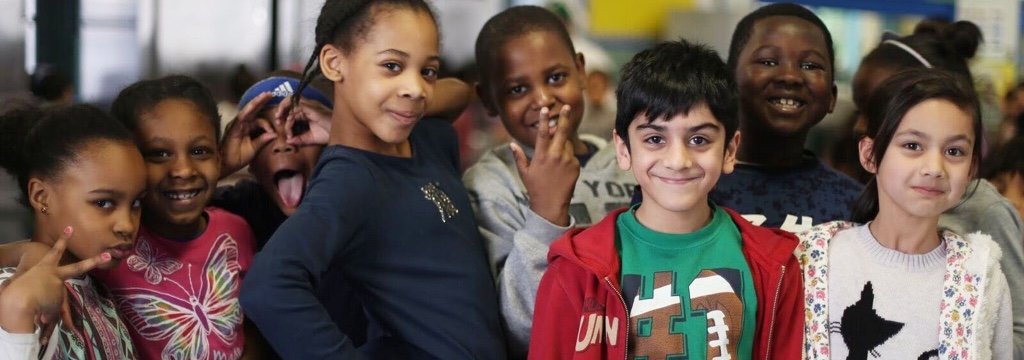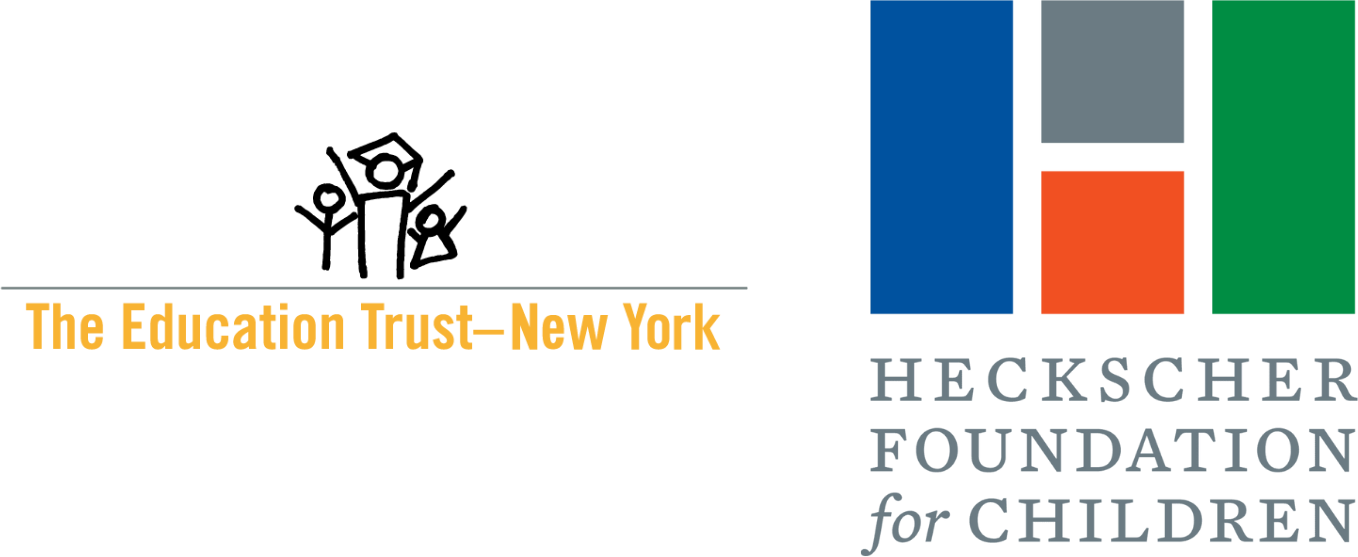Bronx High School of Science, The
Grades: 9-12Our Insights
What’s Special
Very advanced math and science courses; on-site Holocaust museum
The Downside
Long commute and fast-paced curriculum might not be for everyone
The Bronx High School of Science, one of the most famous schools in the country, has a proud history of training not only scientists but also authors, business executives and academic leaders. Its graduates have won eight Nobel Prizes and six Pulitzer Prizes. With a typical class size of around 33 students and a demanding curriculum, Bronx Science is a fast-paced and intense school. Many students have long commutes and take on multiple extracurricular activities on top of their heavy academic load. A lot of students exhaust the extensive Advanced Placement curriculum, so Bronx Science offers several “post-AP” classes like genetics, multivariable calculus and organic chemistry. Other electives include app development, game programming, and a class that prepares students to work in an on-campus Holocaust museum.
In 9th grade, all Bronx Science students take an English course that investigates the notion of identity, and a research literacy course where they design testable experiments and defend their arguments in writing and discussions. Students can participate in a three-year research track that culminates in an independent research project. Some students work with Bronx Science faculty members, while others work with outside experts from the field. Those students who work in labs or field settings throughout the summer often enter their projects into national competitions, where several have won prestigious awards.
Enrollment has ballooned to almost 3,000 students, an increase of nearly 600 students since 2006, and well over the 2,300 the building was designed to accommodate. Students we talked to, however, said there were ways to create smaller communities within the school by joining clubs and teams.
One benefit of Bronx Science's large size is that it offers a wide array of courses. Students may choose from six foreign languages, including Latin, and may take electives such as Spanish narrative and film. Students may take band, orchestra or other music classes as part of their schedule as well. There are dozens of clubs and after-school activities, including one of the top debate teams in the country. To draw more female students into the robotics club, the school established an all-girls team called the Iron Maidens.
While its size may be intimidating, the school offers special seminar-style after-school classes called “small group instruction,” or SGI, to give students a chance to review material and get to know their teachers. Struggling students are mandated to attend these SGI periods, but many others choose to go just to get additional help and foster personal relationships with faculty. The student-led National Honor Society has also organized a peer-to-peer tutoring system. Also meaningful is the “Big Siblings” program, where every freshman advisory is paired with upperclassmen to support the transition to high school.
Jean Donahue became principal in 2013. She said that in the years since she took over, the curriculum has shifted toward more applied learning activities to hook students into the abstract concepts they are studying. In every science class we saw on our visit, students were engaged in hands-on activities, working in groups to solve real-world challenges such as building prototypes for a collapsible wall to shield combat troops. Math, English and social studies classes, too, had built-in time for working in pairs or teams, though at the time of our visit, discussions in most classes were still largely teacher-driven.
Enabling this “change in culture” means more time built into the daily schedule for teachers of the same subject to plan lessons together, Donahue said. As an alumna of the school, parent of a recent graduate, and former teacher at Bronx Science, she knows the school well. She has a PhD and a background in cancer research, which she put to use as the head of Bronx Science’s three-year research program prior to becoming principal.
SPECIAL EDUCATION: The building is wheelchair accessible. Just about 1 percent of students receive Special Education Teacher Support Services (SETSS), and approximately 3 percent of students have IEPs or 504 plans.
COLLEGE ADMISSIONS: The guidance office has grown in recent years, now up to 12 counselors, some of whom double as college advisors. Additionally, there are two staff members who serve only as college advisors. The college office hosts admissions officers on campus and brings Bronx Science alumni in to conduct practice interviews with seniors. Students attend a range of top-tier private colleges—Yale, Tufts, Wesleyan and Barnard, to name a few—as well as CUNY and SUNY schools.
(Nicole Mader, October 2014; updated by Isabel Corpus and Katharine Safter, June 2018)
Get more from InsideSchools
School Stats
Academics
Students
Race/Ethnicity
Safety & Vibe
Faculty & Staff
Teachers’ Race/Ethnicity
College and Career Readiness
Programs & Admissions
From the 2024 High School DirectoryThe Bronx High School of Science (X89S)
Program Description:
Admission to this Specialized High School is based solely on the score obtained on the Specialized High Schools Admission Test (SHSAT). Students should speak to their school counselors in the Fall to register for the SHSAT.
Offerings
From the 2024 High School DirectoryAdvanced Courses
Algebra II (Advanced Math), AP Art History, AP Biology, AP Calculus AB, AP Calculus BC, AP Chemistry, AP Chinese Language and Culture, AP Comparative Government and Politics, AP Computer Science A, AP English Language and Composition, AP English Literature and Composition, AP European History, AP French Language and Culture, AP Human Geography, AP Italian Language and Culture, AP Latin, AP Macroeconomics, AP Microeconomics, AP Physics 1, AP Physics 2, AP Physics C: Mechanics, AP Spanish Language and Culture, AP Statistics, AP United States Government and Politics, AP United States History, AP World History: Modern, Biology (College Course [Credited]), Biology (College Course [Uncredited]), Calculus (College Course [Uncredited]), Chemistry (Advanced Science), Comp Sci/Math Tech (College Course [Uncredited]), Econ/Gov (Advanced Placement), Math (College Course [Uncredited]), Physics (Advanced Science), Physics (College Course [Uncredited]), Science (College Course [Credited]), World Languages (Advanced World Languages)
Boys PSAL teams
Badminton, Baseball, Basketball, Bowling, Cross Country, Fencing, Handball, Indoor Track, Lacrosse, Outdoor Track, Soccer, Swimming, Table Tennis, Tennis, Volleyball, Wrestling
Girls PSAL teams
Badminton, Basketball, Bowling, Cross Country, Fencing, Flag Football, Golf, Gymnastics, Handball, Indoor Track, Lacrosse, Outdoor Track, Soccer, Softball, Swimming, Table Tennis, Tennis, Volleyball, Wrestling
Coed PSAL teams
Cricket, Golf
Read about admissions, academics, and more at this school on NYCDOE’s MySchools

Contact & Location
Location
75 West 205 Street
Bronx
NY
10468
Contact
Other Details
This school is in its own building.
Was this information helpful?
Get more from InsideSchools
You may also like …
Kingsbridge International High School
Bronx, NY 10468
Bronx Collaborative High School
Bronx, NY 10468


Comments